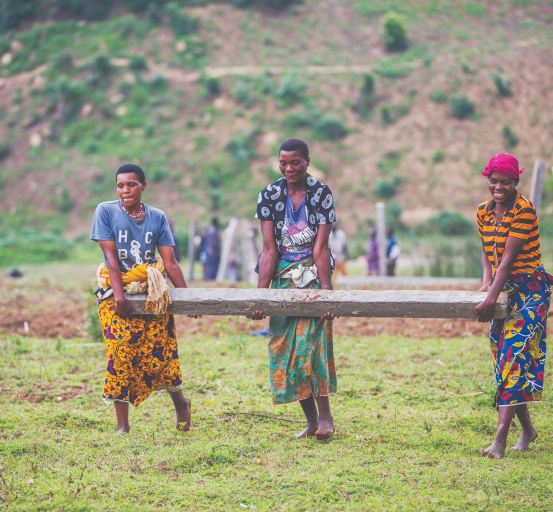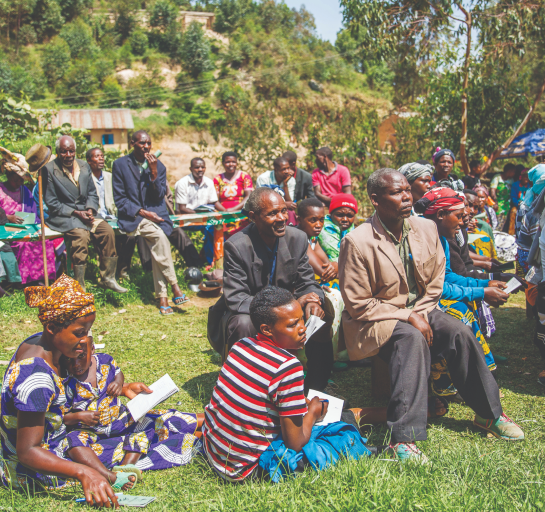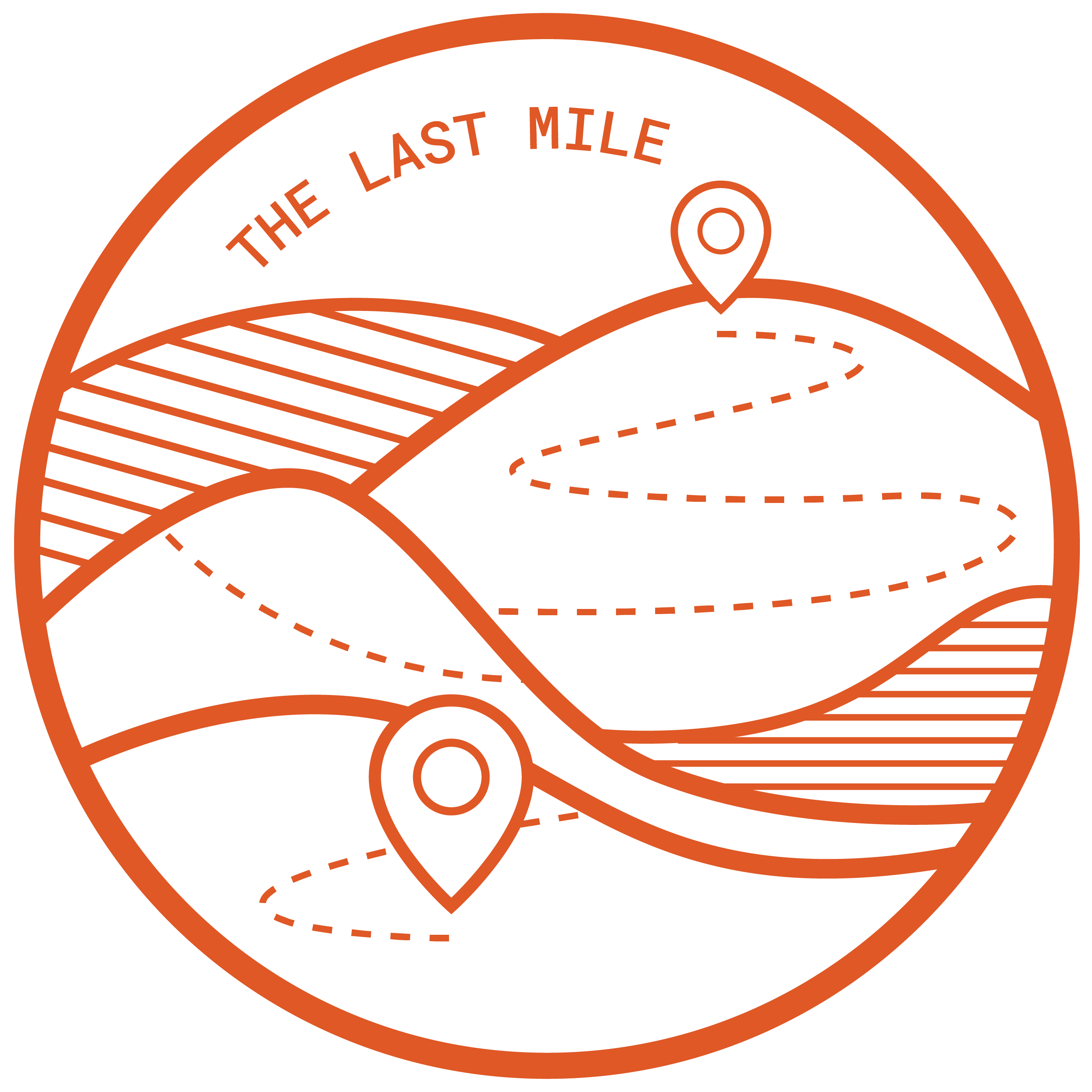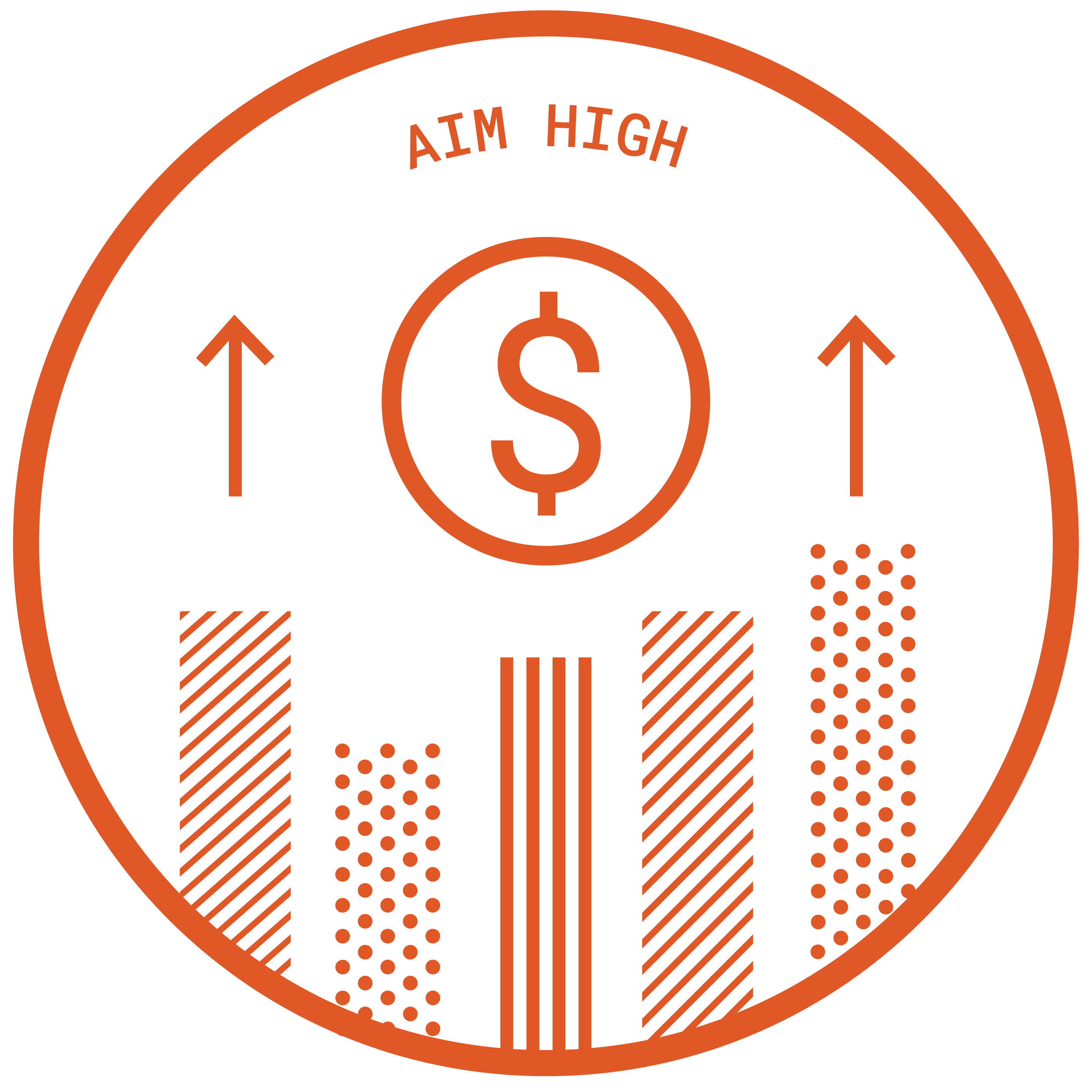Our Work
Empowered, represented, and community driven.
CHALLENGES OF ULTRA-POOR HOUSEHOLDS
INCOME
LAND
HOME
FOOD
WATER
HEALTHCARE
Our Model
We form clusters of last-mile communities that have existing economic and social relationships, live in geographic proximity, and share key infrastructure. The cluster model leverages these relationships into groups with an average size of 8 villages and a shared total population of 5,000. This creates wholesale coverage and impactful economic cooperation. We focus on 3 key areas:
1. Removing immediate barriers to livelihoods.
2. Developing diverse income generating projects.
3. Building local capacity and engagement to continue progress.

How We Grow
We operate at the intersection of on-ground implementation and the application of advanced analytics within a community development context. This way we can monitor activities across hundreds of partner villages, design effective programs, and keep them on track towards success. Quality and effective programs are our first priority. Working closely with government partners, we leverage their expertise and resources to reach as many last-mile communities as possible.

Village Engagement
Getting everyone to agree on a plan is not that simple. With an average village population of 700, there are lots of opinions. By including traditionally marginalized voices, we create a safe space for women, youth, and vulnerable people, while collaborating with village leadership to maintain balance, structure, and order. Focus groups, small group discussions, and voting create the foundation for on-going dialogue that evolves into inclusive community discussions after the village graduates from our program. Studies have shown our ability to achieve statistically significant impact in the most vulnerable households within a community, ensuring that even those who are most at risk have a voice.

Implementation
Time is the most scarce resource for ultra-poor communities. That’s why we aim to implement our programs in a 6 month period. These programs are intensive one-time experiences that are planned around a family’s schedule. We start by meeting their basic needs of water, food, and health. We address these scarcity barriers to ensure that everyone is able to participate and focus on learning from our hands-on and skills training. Next we move onto livelihoods work, focusing on sustainable and efficient agricultural methods, basic household finances, finding new sources of income, and helping families work better as a team. To ensure this training is local and relevant, we engage technical officers and experts from the district government to lead the training and help foster important relationships.

Transition
The right coach can make all the difference. Our team spends the next 18 months in regular contact with our partners: checking on community groups, providing reminders, tips and suggestions, responding to questions or unexpected challenges, and offering encouragement when things don’t go as planned. Behaviour change starts with hands-on training, builds with consistency, and becomes a habit when results are realized—and we are there through the entire journey. We continuously measure progress in all program areas to keep things on track. If we’re doing things right, empowered communities start realizing their own initiatives and become more proactive. After 24-months, the community says goodbye and sends us off to partner with new families.

- OUR MODEL
-
Our Model
We form clusters of last-mile communities that have existing economic and social relationships, live in geographic proximity, and share key infrastructure. The cluster model leverages these relationships into groups with an average size of 8 villages and a shared total population of 5,000. This creates wholesale coverage and impactful economic cooperation. We focus on 3 key areas:
1. Removing immediate barriers to livelihoods.
2. Developing diverse income generating projects.
3. Building local capacity and engagement to continue progress.

- HOW WE GROW
-
How We Grow
We operate at the intersection of on-ground implementation and the application of advanced analytics within a community development context. This way we can monitor activities across hundreds of partner villages, design effective programs, and keep them on track towards success. Quality and effective programs are our first priority. Working closely with government partners, we leverage their expertise and resources to reach as many last-mile communities as possible.

- VILLAGE ENGAGEMENT
-
Village Engagement
Getting everyone to agree on a plan is not that simple. With an average village population of 700, there are lots of opinions. By including traditionally marginalized voices, we create a safe space for women, youth, and vulnerable people, while collaborating with village leadership to maintain balance, structure, and order. Focus groups, small group discussions, and voting create the foundation for on-going dialogue that evolves into inclusive community discussions after the village graduates from our program. Studies have shown our ability to achieve statistically significant impact in the most vulnerable households within a community, ensuring that even those who are most at risk have a voice.

- IMPLEMENTATION
-
Implementation
Time is the most scarce resource for ultra-poor communities. That’s why we aim to implement our programs in a 6 month period. These programs are intensive one-time experiences that are planned around a family’s schedule. We start by meeting their basic needs of water, food, and health. We address these scarcity barriers to ensure that everyone is able to participate and focus on learning from our hands-on and skills training. Next we move onto livelihoods work, focusing on sustainable and efficient agricultural methods, basic household finances, finding new sources of income, and helping families work better as a team. To ensure this training is local and relevant, we engage technical officers and experts from the district government to lead the training and help foster important relationships.

- TRANSITION
-
Transition
The right coach can make all the difference. Our team spends the next 18 months in regular contact with our partners: checking on community groups, providing reminders, tips and suggestions, responding to questions or unexpected challenges, and offering encouragement when things don’t go as planned. Behaviour change starts with hands-on training, builds with consistency, and becomes a habit when results are realized—and we are there through the entire journey. We continuously measure progress in all program areas to keep things on track. If we’re doing things right, empowered communities start realizing their own initiatives and become more proactive. After 24-months, the community says goodbye and sends us off to partner with new families.

Our Values
Leave No One Behind
In the spirit of partnership and our value of working together, Raising The Village is proud to respond to the call to action set forth by the United Nations’ Sustainable Development Goals. While our work touches on many of the 17 goals, we prioritise our efforts on 5 critical goals that form the building blocks for peace and prosperity for last-mile communities living in ultra poverty. We actively measure our impact against the targets and goals set for Uganda.







